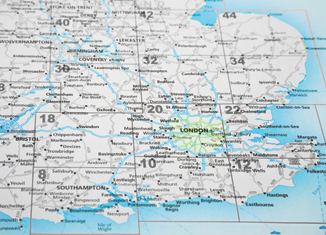Class MA permitted development applications are often seen as an ‘easy win’ by many developers. However, this route to obtaining consent for commercial to residential development is often grossly underestimated and is not as straightforward as is often believed to be.
Planning authorities have become increasingly knowledgeable of these permitted development rights and poorly prepared or complacent applications will be susceptible to refusal, often costing developers and investors time and opportunity.
This article looks at the most common ‘bear traps’ that we have experienced in the last couple of years whilst this permitted development right has been running.
All references to Class MA in this article are to the Town and Country Planning (General Permitted Development) Order 2015 as of 7th February 2023.
3 months’ vacancy
An application for Class MA cannot be made unless the building, or the part of the building that it is intended to convert, has been vacant for 3 months (Class MA.1(1)(a)).
Applications are often submitted without any evidence of this vacancy. An LPA would be entitled to refuse to grant consent without such evidence as proof of vacancy. Such proof might comprise the following:
- Letter or statutory declaration from last known owner or occupier, or managing agent
- Photographs (time and date stamped) showing empty premises
- Notices of termination of lease
- Marketing material (date stamped) indicating premises are vacant
- Confirmation of when empty business rates were claimed from.
This list is not exhaustive, but the applicant should submit some form of proof, even if it merely amounts to written confirmation on letter headed paper from the marketing agent. This requirement relates to physical vacancy even if a lease term is still running; i.e. there must be evidence that the tenant or occupier has given up physical possession, even if for some reason the term of the lease has not formally terminated just yet.




















